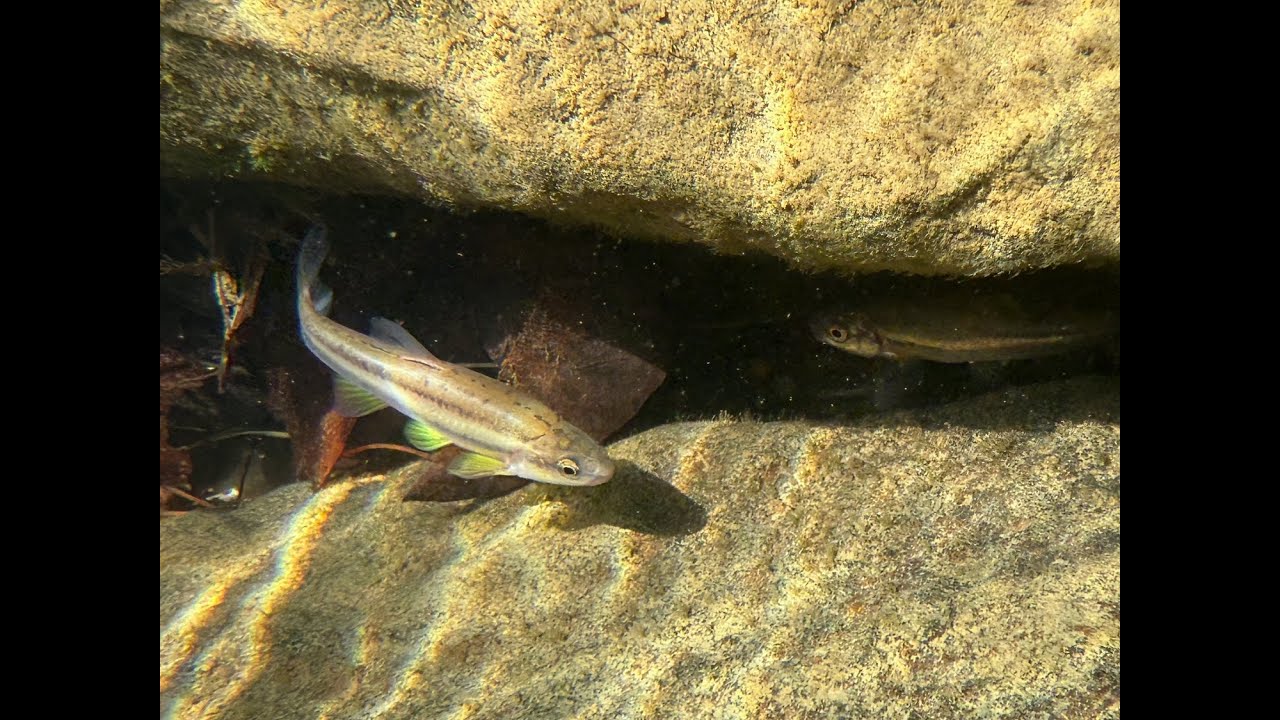- Overview of the endangered fish species and its role in the ecosystem.
- Details of the conservation efforts initiated for this endangered species.
- Significance of the homecoming project in wildlife conservation and restoration.
- Role of zoo management in the preservation of endangered species.
- Future implications of successful restoration initiatives on biodiversity and conservation policies.
In recent years, the plight of endangered fish species has gained significant attention due to their critical role in aquatic ecosystems. One such species, ranking among the top 10 most endangered, is at the center of a hopeful homecoming initiative. This article delves into its ecological significance, the conservation efforts undertaken, and the broader impact on wildlife conservation.
The endangered fish species in question is pivotal to its aquatic environment, serving as both prey and predator, thus maintaining the delicate balance of its habitat. Changes in population can trigger cascading effects, influencing everything from vegetation growth to the population dynamics of other aquatic species. As such, the health of this endangered fish is a strong indicator of the overall health of its ecosystem.
Conservationists and biologists have recognized the dire need to restore and protect this species. Overfishing, habitat destruction, and climate change have contributed to its dwindling numbers, necessitating urgent intervention. Conservation efforts have included habitat restoration, legal protections, and captive breeding programs. These programs aim to increase the population size and genetic diversity of the species, thus enhancing its resilience to environmental changes.
The hopeful homecoming project marks a significant stride in conservation biology. By reintroducing captive-bred individuals into their natural habitat, scientists hope to boost wild populations and restore ecological balance. This endeavor is not only a test of biological theories but also a measure of human commitment to environmental stewardship. By closely monitoring reintroduced populations, researchers can gather valuable data on survival rates, reproductive success, and adaptation to natural conditions.
Zoo management plays a critical role in such conservation initiatives. Modern zoos are no longer mere attractions; they are essential players in global biodiversity conservation. By leveraging their expertise in animal husbandry, behavioral research, and public education, zoos contribute significantly to the survival of endangered species. In the case of the endangered fish, zoos have provided the knowledge and facilities necessary for successful breeding and care in captivity.
The potential success of this homecoming project has far-reaching implications. It represents a step forward in the way humans interact with and care for endangered species. Successful restoration can inform future conservation policies, emphasizing the integration of scientific research, community involvement, and global cooperation. Furthermore, it demonstrates the possibility of reversing negative trends in biodiversity loss.
In conclusion, the hopeful homecoming of this endangered fish species underscores the importance of strategic, informed conservation practices. The collaboration between field biologists, zoo managers, and conservationists exemplifies a united front in combatting the threat of extinction. By shedding light on the processes and challenges involved in species restoration, this article aims to inspire continued efforts in preserving the natural world for future generations.
*****
Source Description
In the midst of an extreme drought in the summer of 2024, almost all remaining critically endangered Laurel Dace were rescued from near extinction out of rapidly dwindling streams on Walden Ridge north of Chattanooga.
After eight months spent under expert human care by the Tennessee Aquarium and U.S. Fish and Wildlife Service, rainfall in Southeast Tennessee restored waterflow in the streams on Walden Ridge to habitable levels. In early March, an Aquarium-led team caravaned to the Laurel Dace’s home to return it to the wild.
#wildlife #aquaticlife #science #conservation #endangeredspecies #laureldace


